According to Resolution No. 60 of the 11th Central Conference, Gia Lai province is expected to merge with Binh Dinh province and take the name Gia Lai province. The political and administrative center is located in Binh Dinh province today.
Gia Lai Provincial Party Secretary Ho Van Nien assigned functional units to closely coordinate with the advisory agencies of Binh Dinh province in advising on the implementation of contents related to the arrangement of provincial-level administrative units in accordance with the spirit of Resolution No. 60 of the Central Committee...
Connecting 2 unique strengths
Gia Lai is a large mountainous province in the Central Highlands, famous for its fertile basalt soil, with agricultural and forestry strengths such as coffee, rubber, pepper, and fruit trees. At the same time, this locality is emerging in the field of renewable energy.
In addition to natural resources, Gia Lai is also a convergence of 39 ethnic groups, so it is rich in cultural identity and has the potential to develop ecotourism and community tourism . In 2024, this province recorded GRDP of 111,210 billion VND, budget revenue of about 6,335 billion VND, welcoming more than 1.34 million tourists.
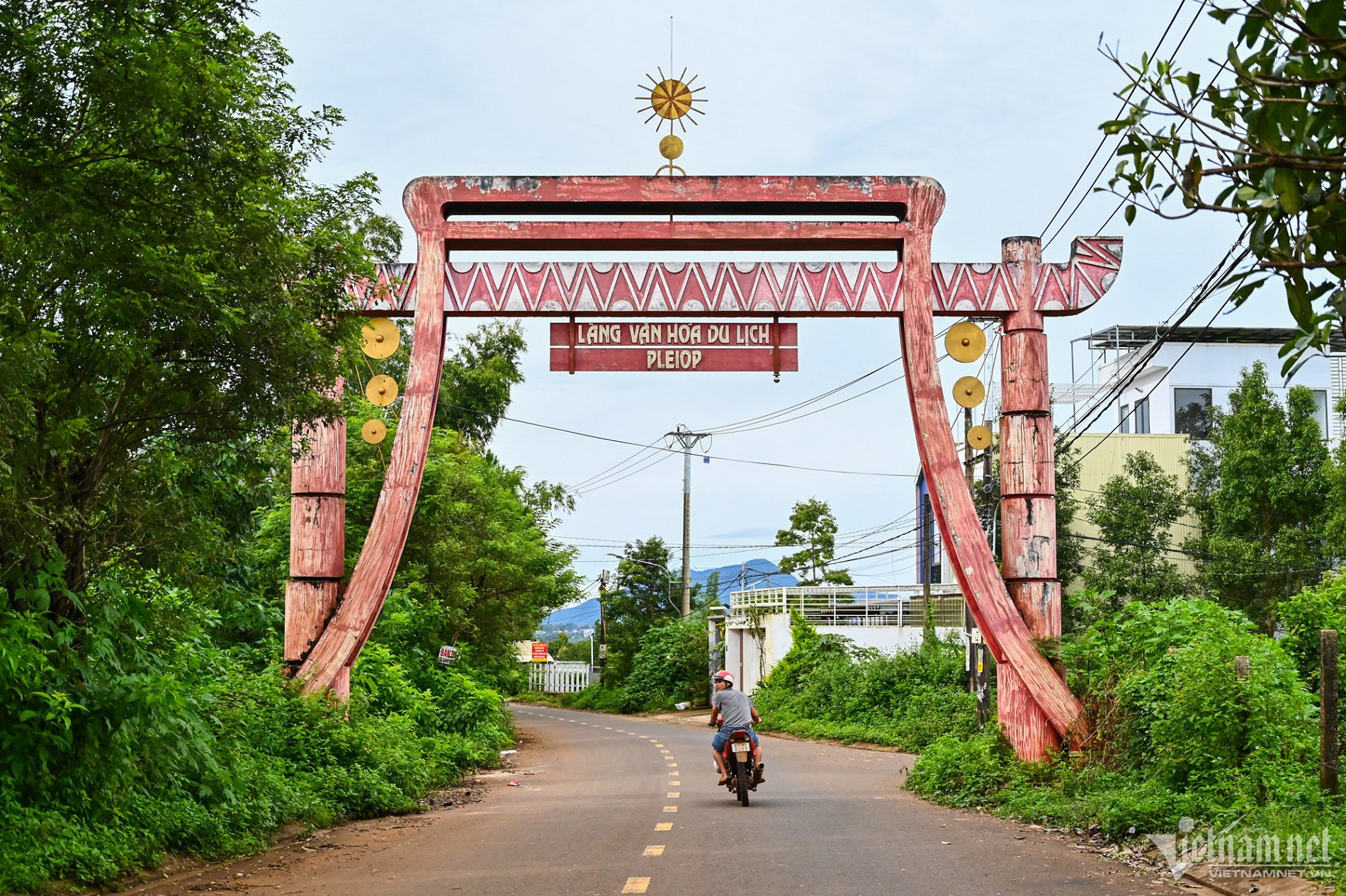
Gia Lai has great potential to develop eco-tourism and community tourism. Photo: Hoai Bac
Binh Dinh is one of the dynamic localities of the Central region, possessing a developed system of seaports and industrial zones, and a strategic connection location between the Central Highlands and the South Central Coast.
In 2024, this province will record GRDP of 130,800 billion VND, budget revenue of more than 16,000 billion VND, and welcome more than 5 million tourists.
Currently, Binh Dinh needs to expand its development space to make a breakthrough, while Gia Lai lacks seaports and logistics to improve its export capacity. When the two provinces “come together”, a “super province” will be born, complementing each other in terms of scale, infrastructure, and management capacity, while overcoming the weaknesses of each locality.
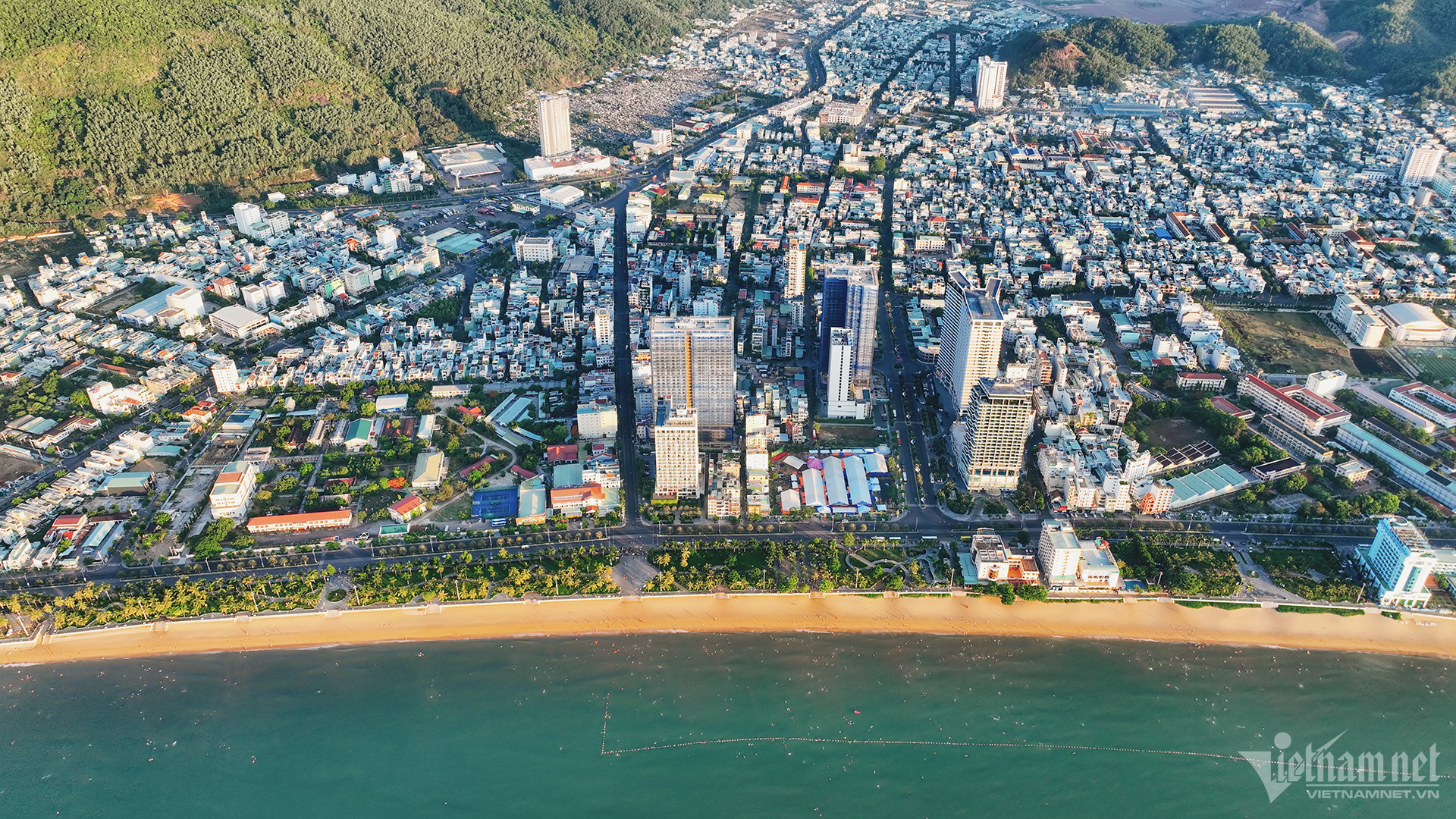
Quy Nhon City (Binh Dinh) - the planned location of Gia Lai province's administrative center after the merger. Photo: Hoang Ha
This merger is expected to realize the goal of connecting the “landless plateau” with the “coast with ports”, creating a new strong center in agriculture, industry, services and tourism. This is a strategic step to restructure regional development.
Opening up the potential for building a chain of satellite cities
After the merger, the new Gia Lai province has an area of about 21,576.5 km², the second largest in the country with a population of more than 3 million people. With two major centers, Quy Nhon and Pleiku, the locality can develop according to the model of "parallel urban pairs", which is both convenient for regional coordination and opens up the potential to build a chain of interconnected satellite urban areas.
At the same time, the province will have enough conditions for multi-sector development, multi-polar governance, effective coordination, and creating equal socio-economic momentum between mountainous and coastal areas.
One of the biggest advantages of the future “super province” is the ability to connect East and West. The Quy Nhon - Pleiku traffic axis has now been upgraded along the entire route, with Highway 19 acting as a vital corridor for transporting goods and connecting trade between the two regions.
![]()
National Highway 19 is playing the role of a vital traffic axis connecting the Central Highlands with the Central Coast. Photo: NT
In particular, in the national planning until 2030, the Quy Nhon - Pleiku expressway is being proposed for investment, which will create the most stable and modern East-West traffic axis in the region.
When this highway is completed, it will shorten travel time between the sea and the plateau to less than 2 hours, opening up a major breakthrough for logistics, exports, tourism and inter-regional migration.
The merger of the two provinces will also help unify infrastructure planning, avoiding duplication or lack of uniformity in border areas. Provincial and secondary national roads will also have the opportunity to be re-planned in a modern direction, directly connecting raw material areas - industrial zones - seaports, helping to increase the capacity of freight and passenger transport.
For tens of thousands of households producing coffee, pepper, rubber, wood, vegetables, etc. in Gia Lai, having Quy Nhon international seaport "within the province" will help significantly reduce logistics costs, shorten export journeys and improve competitiveness.
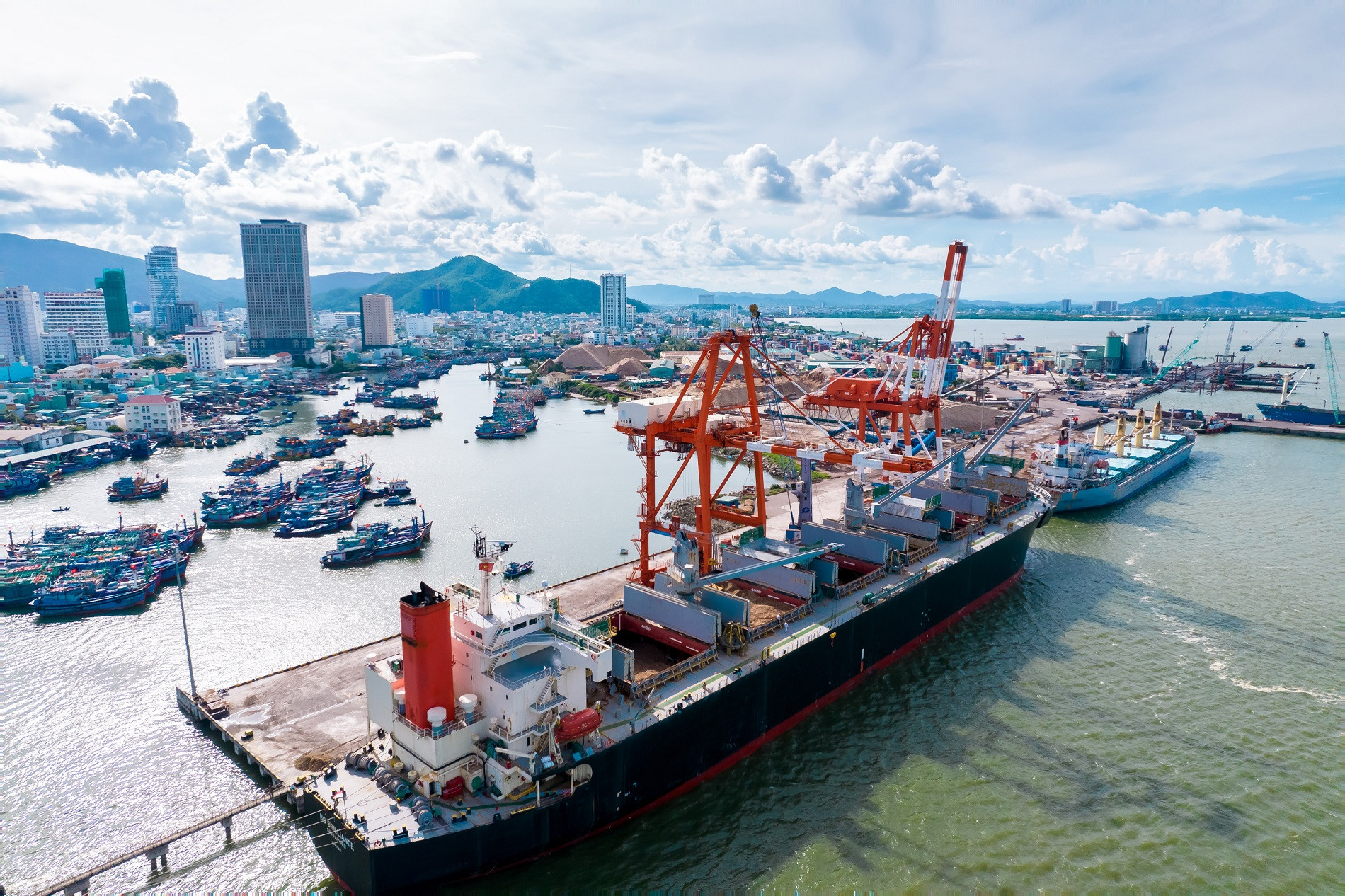
Quy Nhon Port is currently capable of receiving ships of over 50,000 DWT and is being planned for expansion, with the goal of becoming a gateway port to the key economic region of the Central region. Photo: Quy Nhon Port
In addition, the new province can also plan new industrial parks and high-tech zones in Gia Lai - where there is still large space for land and labor, reducing the pressure on the rapidly developing coastal area of Binh Dinh.
Regarding tourism, the merger helps promote diverse strengths: sea and islands, mountains and forests, indigenous culture, Cham towers, Bahnar festivals... will create a "cross-space - multi-experience" tourism product with great potential.
Gia Lai will officially have its “homeland beach” and will no longer be a remote tourist destination. Quy Nhon beach can become a daily destination for the people of the Central Highlands. This will not only improve their spiritual life, but also open up opportunities for studying, working, and trading for the young generation.
At the 21st session (special session) of the 13th term People's Council of Binh Dinh province, term 2021-2026, Secretary of the Provincial Party Committee, Chairman of the People's Council Ho Quoc Dung said: the province has decided to rearrange from 20 specialized units of the Provincial People's Committee to 14 departments and branches... After the merger, the agencies need to rearrange and reduce at least 35% of the number of departments and offices.
At the press conference on April 18 on the arrangement of commune-level administrative units in Binh Dinh, the Department of Home Affairs of Binh Dinh province said that after the arrangement, the whole province will have 41 communes and 17 wards - a reduction of 97 administrative units. Quy Nhon city, An Nhon town and Hoai Nhon town will have 17 wards and 2 communes.
Gia Lai province has agreed to reorganize 218 commune-level administrative units into 77 units (including 69 communes and 8 wards).
Vietnamnet.vn
Source: https://vietnamnet.vn/sap-nhap-binh-dinh-va-gia-lai-thanh-sieu-tinh-rung-vang-bien-bac-2392862.html


![[Photo] Prime Minister Pham Minh Chinh chairs the first meeting of the Central Steering Committee on housing policy and real estate market](https://vphoto.vietnam.vn/thumb/1200x675/vietnam/resource/IMAGE/2025/9/22/c0f42b88c6284975b4bcfcf5b17656e7)






















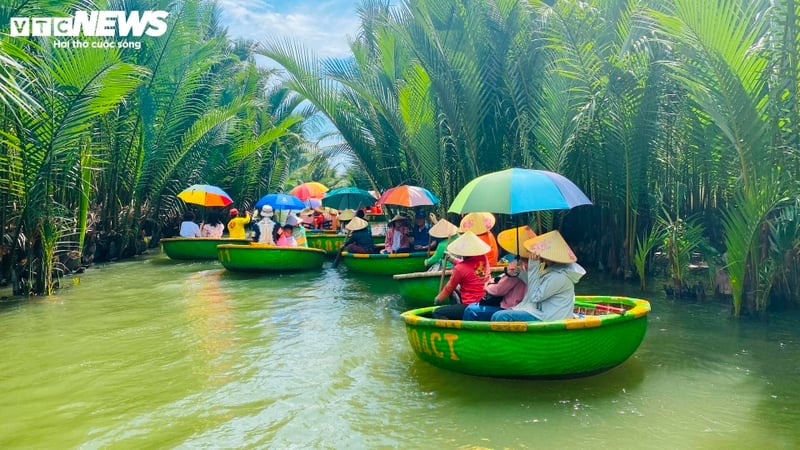








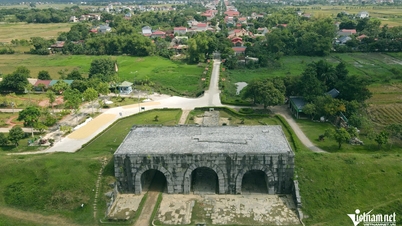
![[Photo] General Secretary To Lam presents the First Class Labor Medal to the Vietnam National Energy and Industry Group](https://vphoto.vietnam.vn/thumb/1200x675/vietnam/resource/IMAGE/2025/9/21/0ad2d50e1c274a55a3736500c5f262e5)



















































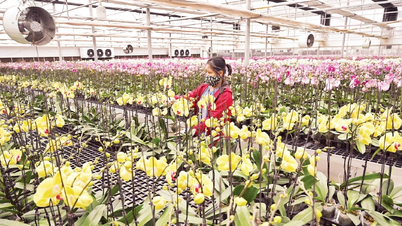












Comment (0)